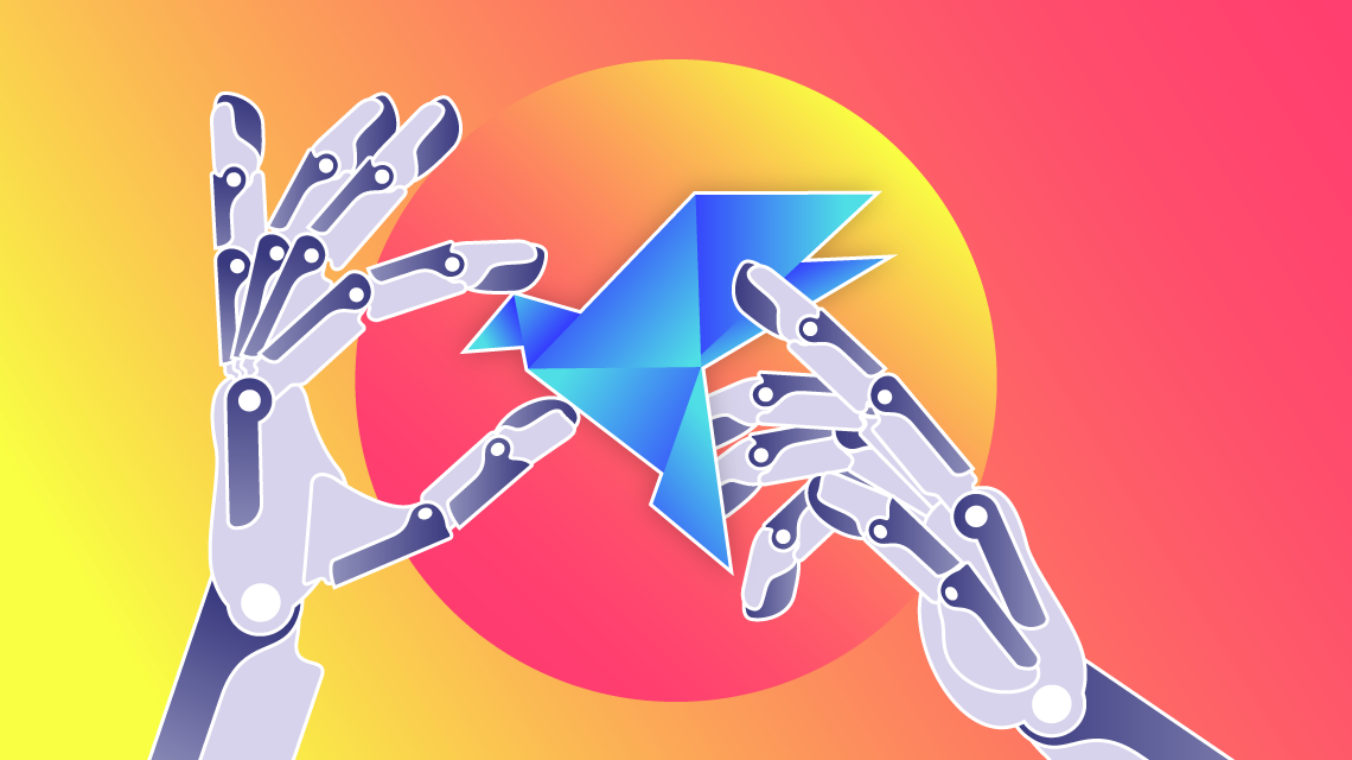The simple machine was created by the Greek philosopher Archimedes around the 3rd century BC. Since then, humans have continued perfecting devices to make life easier. Only recently have we endowed machines with the power to think, a skill that already impacts humanity in unimaginable ways. Computers can predict illness, drive, and, significantly, create art.
Art was once thought to be categorically manmade. Yet, AI is not only transforming how art is created, it’s also showcasing and redefining the overall potential of intelligent technology.
Bringing the past to the present
Looking at an image is a unique experience for everyone. Even revisiting a familiar piece can conjure up a novel emotion. But that doesn’t mean we have to stay within the bounds of traditional mediums. In fact, reimagining scope is fundamental to the progression of art.
Students from Washington University presented a way to transform the viewing experience. Using new technology, a character in a photo, painting, or poster can appear to emerge via Augmented Reality (AR). The 3D animation allows the subject to walk out, run, sit, or jump through partial self occlusion. See it in action below, it’s quite remarkable.
This advancement begs the question — are we enhancing or tarnishing these relics of the past? Similar concerns were raised with the introduction of Photoshop, the internet, and even digital cameras. As technology advances, it inevitability impacts long-standing objects. But that’s not necessarily a bad thing. It can compel the observer to explore new bounds of art and help preserve self-expression from the past.
The AI-team
Apparently, we can use technology to revamp artwork. Now, how can it contribute to the creation process? For instance, while technology surrounds movie production, there’s always been a creative person behind the camera.
Could this potentially become obsolete?
Modeling the creative inner workings of someone like Stanley Kubrick, one of the most famous directors of all time, is no easy feat. However, AI technology could be the key to untapping and recreating his brilliance.
A Master’s thesis project conceived at The Bartlett at the Interactive Architecture Lab, called “Neural Kubrick”, aims to breakdown movie production with Machine Learning (ML). In this project, ML takes on three different algorithms that mimic a film crew — one art director, one editor, and one director of photography. Each algorithm is also based off one of Kubrick’s iconic movies: The Shining, A Clockwork Orange, and 2001 A Space Odyssey. The team describes the various ML models as a, “machinic interpretation of the three movies, through a collaborative effort between the artist and the algorithm.”
Neural Kubrick Synopsis from Interactive Architecture Lab on Vimeo.
Considering Kubrick’s own vision of the future in 2001 A Space Odyssey, there’s a glaring irony to this invention. The creative mind that once envisioned such advancements could be replicated through them.
Defining an artist
What do you think of this painting?

Even if it’s not your taste, it’s undeniably impressive. Especially considering the fact that it was created by a robot. AI-made images have been floating around since Google’s software DeepDream appeared in 2015, yet manually painting an abstract painting is a very new step.
Recently, the University of Oxford displayed the first ever exhibition to feature a solo AI artist. She goes by Ai-Da. Her art is made through a process of analyzing images which she interprets as algorithms. Then, Ai-Da’s robotic arm moves in motions to project an interpretation of this information. The process combines keen perception, creative thought, and execution.
While human and AI artwork are essentially indistinguishable, the driving force behind a real artist remains in question. Is this a mechanical process or self-expression? What truly separates the two?
With her human-like features and facial technology, the line between Ai-Da and any human artist blurs. On her work, Ai-Da says, “If we can learn from things in the past, maybe we can make our future a little brighter.”
What’s next?
Aside from expanding the realm of the art world, what can this indicate about the future of AI? Evidently AI can carry out a creative process with consistency and reliability. This supports the case for AI-managed tasks. While creatives aren’t being replaced by robots, perhaps they’ll be working alongside them soon.
Want to learn more about the impact of Creative AI? Check out our blog post The Truth About Creative Automation Anxiety. Or, contact us today.

